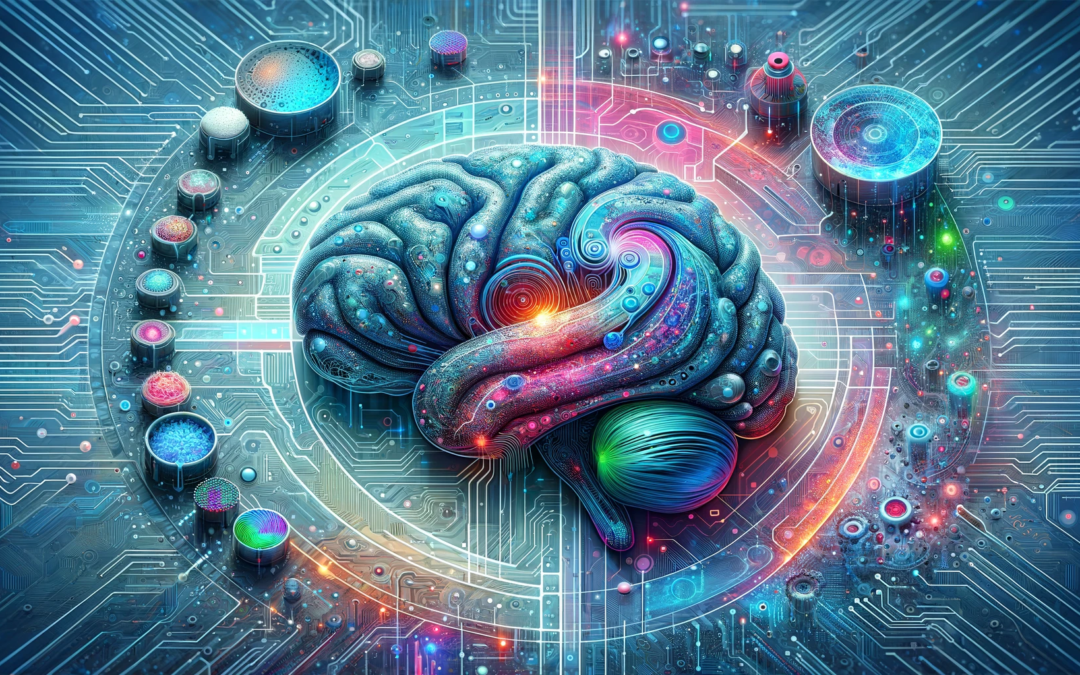Recent advancements in AI research have led to the development of an artificial intelligence system made from living human brain cells, capable of performing basic speech recognition tasks. This innovative approach to AI development represents a significant shift from traditional silicon-based systems.
Developing AI from Brain Cells
Researchers have utilized brain organoids, which are lumps of nerve cells formed when stem cells are grown under specific conditions, resembling mini-brains. These organoids are a few millimeters wide and contain up to 100 million nerve cells.
The organoids were used in a speech recognition task where they learned to recognize the voice of one individual from a set of audio clips. Initially, their accuracy was around 30 to 40 percent, which increased to 70 to 80 percent after two days of training sessions. This process is known as adaptive learning and is a form of unsupervised learning in AI research.
Challenges and Future Prospects
Conventional AI faces challenges like high energy consumption and limitations due to the nature of silicon chips. The new AI system, termed “Brainoware,” could potentially address these issues by using living nerve cells for biocomputing.
However, there are significant limitations to this approach. For instance, the organoids used can only be maintained for one to two months, and the current application of this technology is quite basic, only identifying who is speaking rather than what is being said. Extending the lifespan of these organoids and enhancing their capabilities are areas of ongoing research.
Implications and Future Research
This development opens new doors for AI research, merging biological components with computing technologies. However, it also brings forth complex ethical considerations and practical challenges that need to be addressed as this field evolves.
Future research will likely focus on improving the performance and sustainability of biocomputing systems while exploring their potential applications in various fields. Overall, the use of living human brain cells in AI represents an intriguing and potentially revolutionary step in the field, merging biological science with technological innovation.










